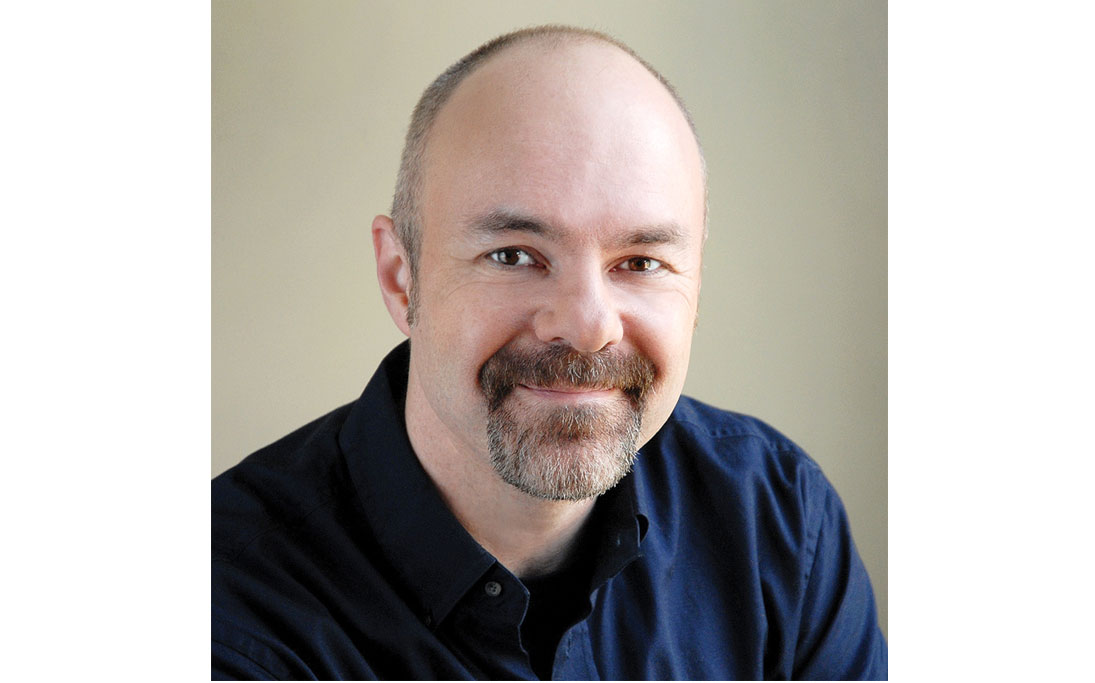
Photo by Vince Fedoroff
Pictured above: IAN DUNLOP

Photo by Vince Fedoroff
Pictured above: IAN DUNLOP
Faro residents were left, literally, shaken Tuesday after a 4.4-magnitude earthquake struck about 16 kilometres northwest of town.
Faro residents were left, literally, shaken Tuesday after a 4.4-magnitude earthquake struck about 16 kilometres northwest of town.
No one was hurt in the quake, which hit at 4:36 p.m. and lasted just a few seconds.
Sabine Heigl, facility coordinator at the Campbell Region Interpretive Centre, was inside the large log cabin near the centre of town when the rumbling began.
“It felt like somebody’s outside shaking the whole building,” she said. “It was really intense.”
At first, Heigl thought there was a collision out on the road – that perhaps a truck had crashed – because of the sound.
“It was very loud, it sounded like big herds of buffaloes running,” she said.
But she quickly realized what was happening.
“Then the whole building was shaking, I heard the wood and everything moving.
“It was scary.”
Ian Dunlop, Faro’s chief administrative officer, was sitting at his office desk when the earthquake hit.
“It felt like a car hit the building,” he said, but that he knew almost immediately what it was.
After the tremor subsided, Dunlop ventured outside to see if everything was all right, and it was.
Ten minutes later, the Yukon Emergency Measures Organization called him up and confirmed that there had been an earthquake close to town.
While the 4.4-magnitude quake packed enough punch to have it felt by people in and around Faro, it wasn’t strong enough to cause structural damage.
Natural Resources Canada, the federal department that tracks seismic activity in the country, says it’s “very unlikely” that an earthquake with a magnitude of five or less will result in damage to buildings and infrastructure.
Dunlop said there were no reports of damage or injury in the Faro region as of Wednesday afternoon.
Officials from the Yukon’s Department of Highways and Public Works went out to Faro Tuesday evening to inspect the bridge over the Pelly River, and gave it the all-clear by 7 p.m., said Dunlop.
The Faro earthquake was relatively shallow, occurring at a depth of 4.04 km below the ground, according to Natural Resources Canada.
But as Alaska Earthquake Center seismologist Natalia Ruppert pointed out, earthquakes that happen near the earth’s surface often feel more intense.
“(If) the earthquake is closer to the surface, it will shake more because it’s a much shorter path that the seismic waves have to pass to get to the surface,” she explained. Ruppert called the Faro earthquake “very shallow,” but noted that most of the seismic activity in this part of the Yukon takes place in the upper 10 to 15 kilometres of the earth’s crust.
Faro sits close to the Tintina Fault, a fault line which runs diagonally through the centre of the Yukon stretching from Northern B.C. through to central Alaska.
She also noted that the Tintina Fault hasn’t seen a lot of action in recent history, and that it’s possible the Faro earthquake happened on “some adjacent structure related to the main fault.”
Tuesday’s tremor was not the first earthquake to shake up the people of Faro.
Heigl recalled one that happened in the region about 14 years years ago.
“It was a different one, it was more of a wavy one and it took a lot longer,” she said.
In 2005, a magnitude-three tremor shook the ground just north of the town.
Seismologists can’t predict if there will be more seismic activity around Faro in the near future based on one earthquake, said Ruppert.
But it’s always a possibility.
Indeed there are a few active faults in the Yukon, she said.
Ruppert noted that earthquakes are common in the Yukon, but most of them occur around the Alaskan boarder near the southwestern tip of the territory.
The Mackenzie Mountain range, which forms the border between the Yukon and the Northwest Territories, is another seismic hot spot, she said.
Though powerful earthquakes in the Yukon are rare, they can happen here, and have. In 1899, a magnitude-8 earthquake struck the Yukon-Alaska close to the southwestern corner of Kluane National Park.
This week, the Canadian Armed Forces are carrying out Operation Nanook in the Yukon, a training exercise that will see 850 troops and civilians respond to a simulated earthquake in the Whitehorse and Haines Junction areas.
Nanook is the largest military operation to take place in Canada’s North this year.
By Sidney Cohen Star Reporter
In order to encourage thoughtful and responsible discussion, website comments will not be visible until a moderator approves them. Please add comments judiciously and refrain from maligning any individual or institution. Read about our user comment and privacy policies.
Your name and email address are required before your comment is posted. Otherwise, your comment will not be posted.
Comments (2)
Up 8 Down 1
BnR on Aug 25, 2016 at 8:12 pm
Count on Wilf for irrelevant gibberish. Never disappoints on that count.
Up 2 Down 22
Wilf on Aug 25, 2016 at 3:07 pm
It's sure nice seeing the Libs come through with some economic activity for the area.